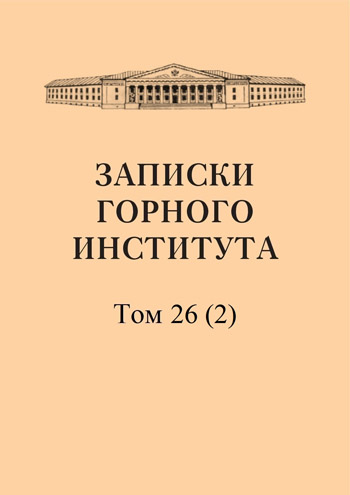Nikolai Semenovich Kurnakov—the creator of physical-chemical analysis (on the 10th anniversary of his death)
Abstract
The essence of physicochemical analysis, created and formalized by Nikolai Semenovich Kurnakov into a special department of physical chemistry studying the equilibrium of various systems, consists in the application of physical methods to determine the chemical nature of substances formed in binary and multicomponent systems. The general method of physicochemical analysis consists in the quantitative study of the properties of equilibrium systems formed, depending on their composition, by two or more components. The result of the measured values is a composition-property diagram consisting of one or more lines, the positions of which determine the state of the system. The scientific works of the Kurnakov school were distinguished by their purposefulness and were mainly aimed at determining the characteristics of a chemical individual formed in binary and multicomponent systems in contrast to an ordinary solution of the same components. In other words, to determine how a substance that we can and should call a chemical individual differs from an ordinary solution of the components that form a chemical individual. The same question was posed to Proulx by Berthollet more than a hundred years ago, demanding a precise definition of both concepts. Dalton and Gay-Lussac, Wald and Ostwald were also concerned with this question.
References
- Kurnakov N. S. Journal of the Russian Physical-Chemical Society, 1904, Vol. 36, Page 341.
- Kurnakov N. S. and Zhemchuzhny S. F. Bulletin of the Polytechnic Institute, 1912, Vol. XVII.
- Kurnakov N. S. Compound and Chemical Individual, Bulletin of the USSR Academy of Sciences, 1914, Page 32.
- Kurnakov N. S. and Zhemchuzhny S. F. Bulletin of the Polytechnic Institute, 1913, Vol. XIX, Page 323.
- Stepanov N. I. Electrical Conductivity of Metallic Alloys, Records of the Leningrad Mining Institute, 1911, Vol. III, Issues 3-4.
- Saldau P. Ya. Journal of the Russian Chemical Society, 1914, Page 46.
- Saldau P. Ya. Bulletin of the Sector physicochemical analysis, USSR Academy of Sciences 1926, Vol. III, Issue 1, p. 211.
